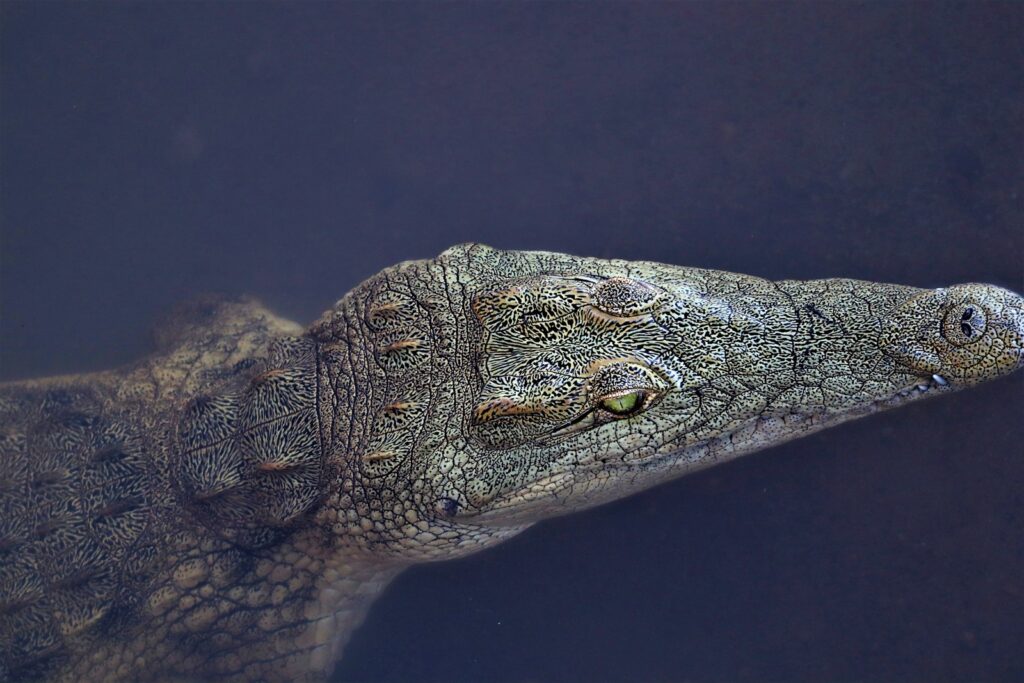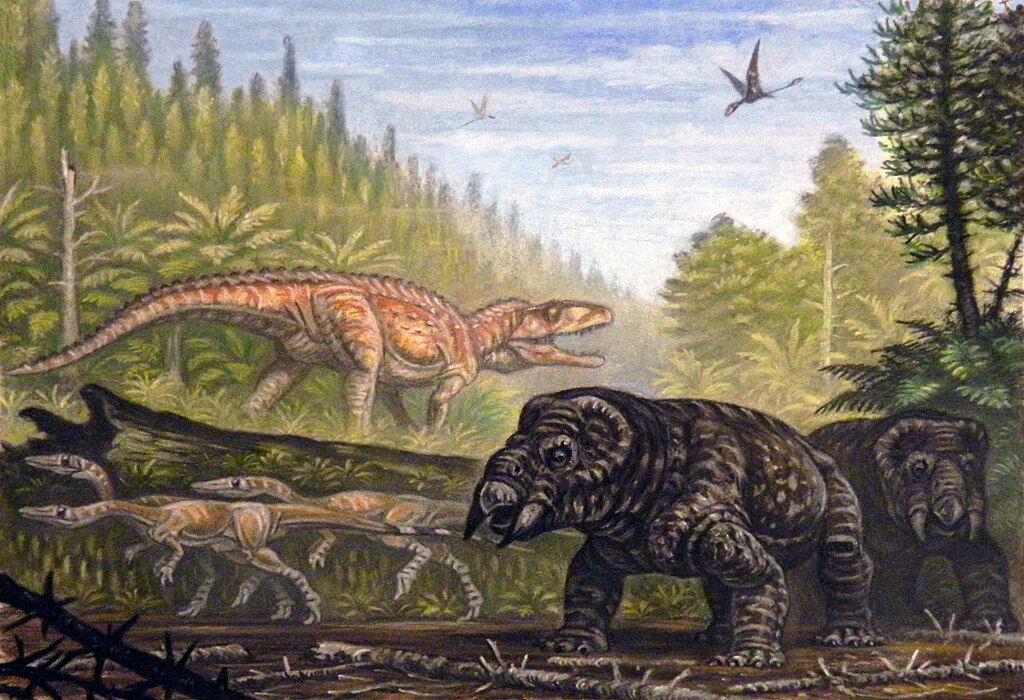Picture this: you’re swimming in crystal-clear waters, and suddenly, from the depths below, a shadow emerges that’s longer than a school bus and armed with teeth the size of bananas. This isn’t a nightmare or a Hollywood blockbuster – this was reality 160 million years ago when Liopleurodon ruled the ancient seas with an iron jaw.
The Discovery That Changed Everything
When fossil hunters first unearthed Liopleurodon remains in the 19th century, they couldn’t believe what they were seeing. The massive skull fragments and enormous teeth suggested something that defied imagination. Scientists initially thought these fossils belonged to some kind of prehistoric crocodile, but as more pieces of the puzzle emerged, the truth became clear: they had discovered one of the most formidable marine predators that ever lived.
The first official description came in 1841, when paleontologist Henri Marie Ducrotay de Blainville examined fossils found in France. He gave it the name Liopleurodon, meaning “smooth-sided tooth,” referring to the distinctive shape of its dental weaponry. What started as a handful of mysterious bones would eventually reveal a creature that dominated the Middle Jurassic seas like no other.
A Giant Among Giants
Size estimates for Liopleurodon have been the subject of heated scientific debate, but even conservative calculations paint a picture of an absolute behemoth. Most experts agree that large specimens reached lengths of 20-25 feet, though some argue for even more impressive dimensions. To put this in perspective, that’s roughly the size of a modern sperm whale, but with a fundamentally different body plan designed for pure predation.
The skull alone measured up to 10 feet in length – imagine a dining room table with massive jaws attached. This wasn’t just big for the sake of being big; every inch of Liopleurodon’s body was evolutionarily crafted for one purpose: being the ultimate marine killing machine. The sheer bulk of this creature would have displaced water like a small yacht, creating ripples that announced its presence long before prey could see it coming.
Anatomy of a Sea Monster
Liopleurodon’s body was a masterpiece of predatory engineering. Its massive head, which comprised nearly a quarter of its total body length, housed jaws that could snap shut with devastating force. The elongated skull featured enormous eye sockets, suggesting exceptional vision for hunting in the murky depths of ancient seas.
Four powerful flippers propelled this marine giant through the water with surprising agility. Unlike modern whales that use their tails for propulsion, Liopleurodon relied on its paddle-like limbs, similar to how sea turtles swim today but on a vastly more intimidating scale. The front flippers were larger than the rear ones, allowing for precise maneuvering when pursuing prey or engaging in combat with rivals.
Jaws That Redefined Terror
The business end of Liopleurodon was its mouth, and what a mouth it was. Armed with teeth that could reach lengths of 8 inches, each one was perfectly designed for gripping and tearing flesh. These weren’t just oversized canine teeth – they were precision instruments of destruction, curved slightly backward to prevent prey from escaping once caught.
The bite force of Liopleurodon has been estimated at an absolutely crushing 33,000 pounds per square inch. To understand this power, consider that a modern great white shark bites with about 4,000 psi, while a Tyrannosaurus rex managed around 12,800 psi. When Liopleurodon clamped down on something, there was no escape. The jaw muscles alone probably weighed more than an entire modern dolphin.
Life in the Jurassic Ocean
The world that Liopleurodon inhabited was vastly different from our modern oceans. Sea levels were much higher, creating shallow, warm seas that covered much of what is now Europe. These tropical waters teemed with life – ammonites spiraled through the water column, enormous marine reptiles competed for territory, and fish of all sizes provided an endless buffet for apex predators.
Climate during the Middle Jurassic was significantly warmer than today, with no polar ice caps and lush vegetation extending far into what are now Arctic regions. This greenhouse world supported incredibly diverse marine ecosystems, creating the perfect conditions for giants like Liopleurodon to evolve and thrive. The abundance of prey meant that multiple large predators could coexist, though competition was undoubtedly fierce.
The Ultimate Predator’s Diet
What does a 20-foot marine monster eat? Pretty much anything it wants. Liopleurodon’s diet likely included large fish, squid, ammonites, and even other marine reptiles. Evidence suggests these apex predators weren’t picky eaters – they were opportunistic hunters that would tackle prey ranging from small schooling fish to creatures nearly their own size.
Fossilized stomach contents and bite marks on other marine reptile fossils tell a story of brutal predation. Liopleurodon probably used ambush tactics, lurking in deeper waters before launching surprise attacks on unsuspecting prey near the surface. Its powerful flippers would have allowed for devastating bursts of speed during these hunting strikes.
Hunting Strategies of an Ancient Killer
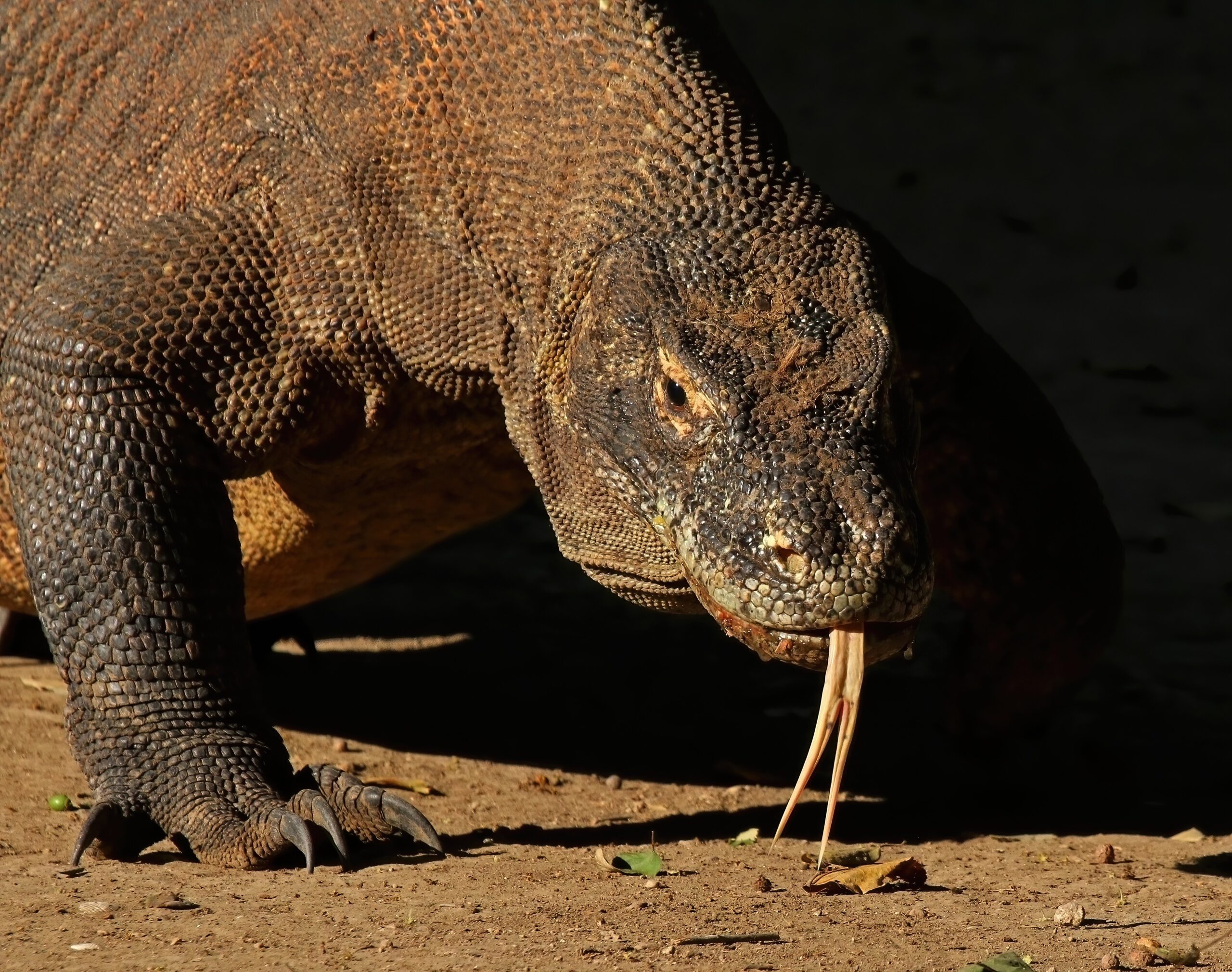
Liopleurodon’s hunting methods were likely as sophisticated as they were terrifying. Its large eyes suggest excellent vision, crucial for spotting prey in the often murky Jurassic seas. The creature probably relied on a combination of stealth, speed, and overwhelming force to secure its meals.
Like modern crocodiles, Liopleurodon may have used a death roll technique to disorient and dismember large prey. Once those massive jaws clamped down, the predator could twist its entire body, using its powerful flippers to generate torque that would be impossible for any prey to resist. This wasn’t just brute force – it was calculated, efficient killing.
Social Behavior and Territorial Disputes
While we can’t know for certain how Liopleurodon interacted with members of its own species, evidence suggests these weren’t social creatures. Bite marks on Liopleurodon fossils indicate that these giants engaged in violent confrontations, possibly over territory or mating rights. Given their size and aggressive nature, such encounters would have been spectacular and brutal affairs.
The discovery of juveniles in different areas from adults suggests possible age-based habitat segregation. Young Liopleurodon may have stuck to shallower, safer waters while adults dominated the deeper territories. This behavior pattern is seen in many modern marine predators and would have helped reduce cannibalism within the species.
Reproduction and Life Cycle
Like other marine reptiles of its time, Liopleurodon gave birth to live young rather than laying eggs. This adaptation was crucial for fully aquatic life, as returning to land to nest would have been impossible for such massive creatures. Pregnancy would have been a vulnerable time for females, as their mobility would have been somewhat reduced.
Newborn Liopleurodon were probably around 3-4 feet long at birth – already formidable by modern standards but tiny compared to their parents. These juveniles would have faced numerous predators, including other marine reptiles and possibly even adult Liopleurodon. Only the strongest and most cunning would survive to adulthood, ensuring that the species maintained its apex predator status.
Competition in Ancient Seas
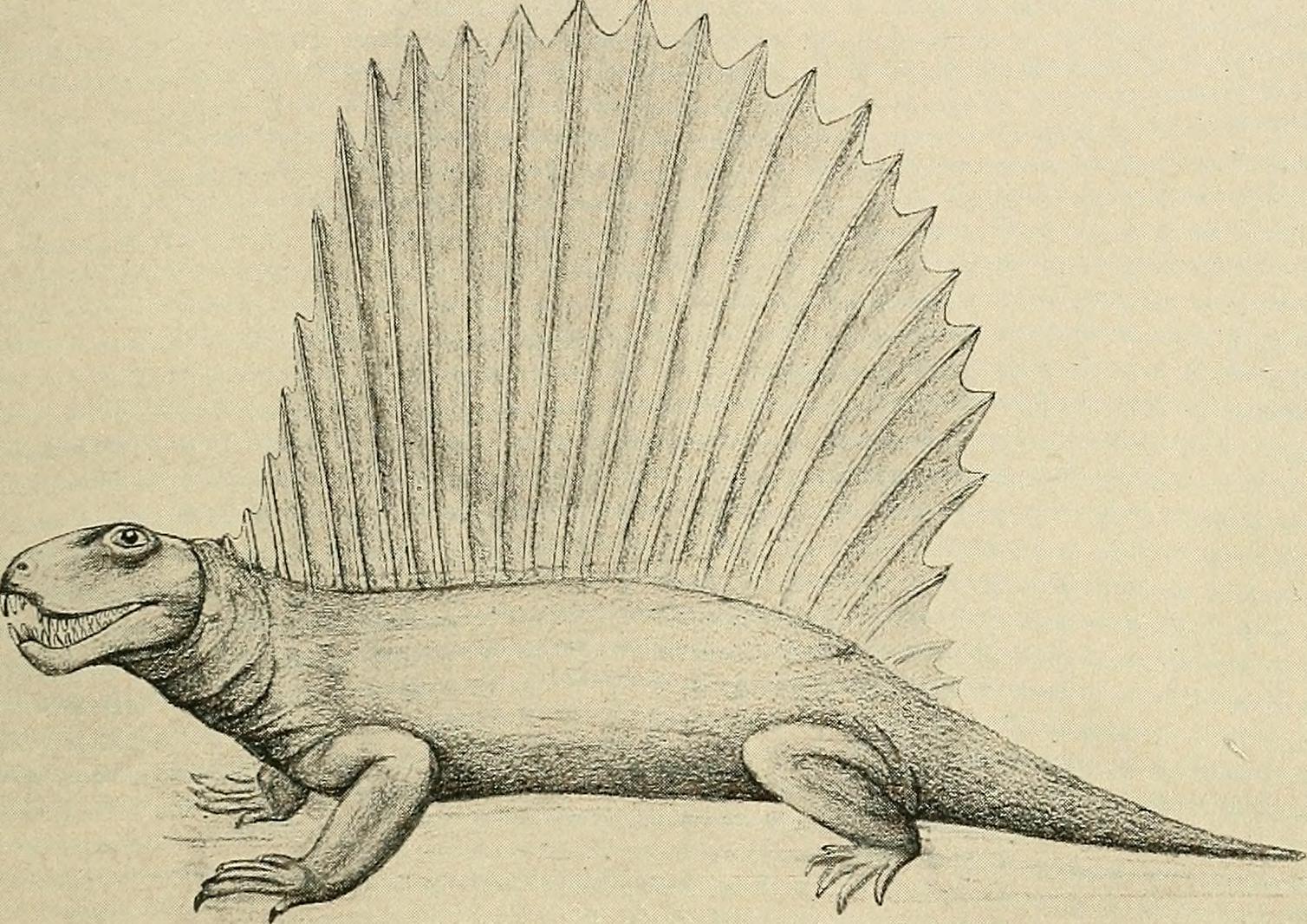
Liopleurodon didn’t rule the Jurassic seas unopposed. Other massive marine reptiles shared these waters, including other pliosaurs, long-necked plesiosaurs, and various species of marine crocodiles. This created a complex ecosystem where multiple apex predators competed for resources and territory.
The presence of other large predators meant that Liopleurodon had to be constantly vigilant. Even a creature of its size could become prey if caught off guard by a rival. Fossil evidence shows that these ancient seas were battlegrounds where only the strongest and most adaptable survived. The competition was so intense that it drove the evolution of increasingly sophisticated hunting strategies and defensive mechanisms.
The Science Behind the Monster
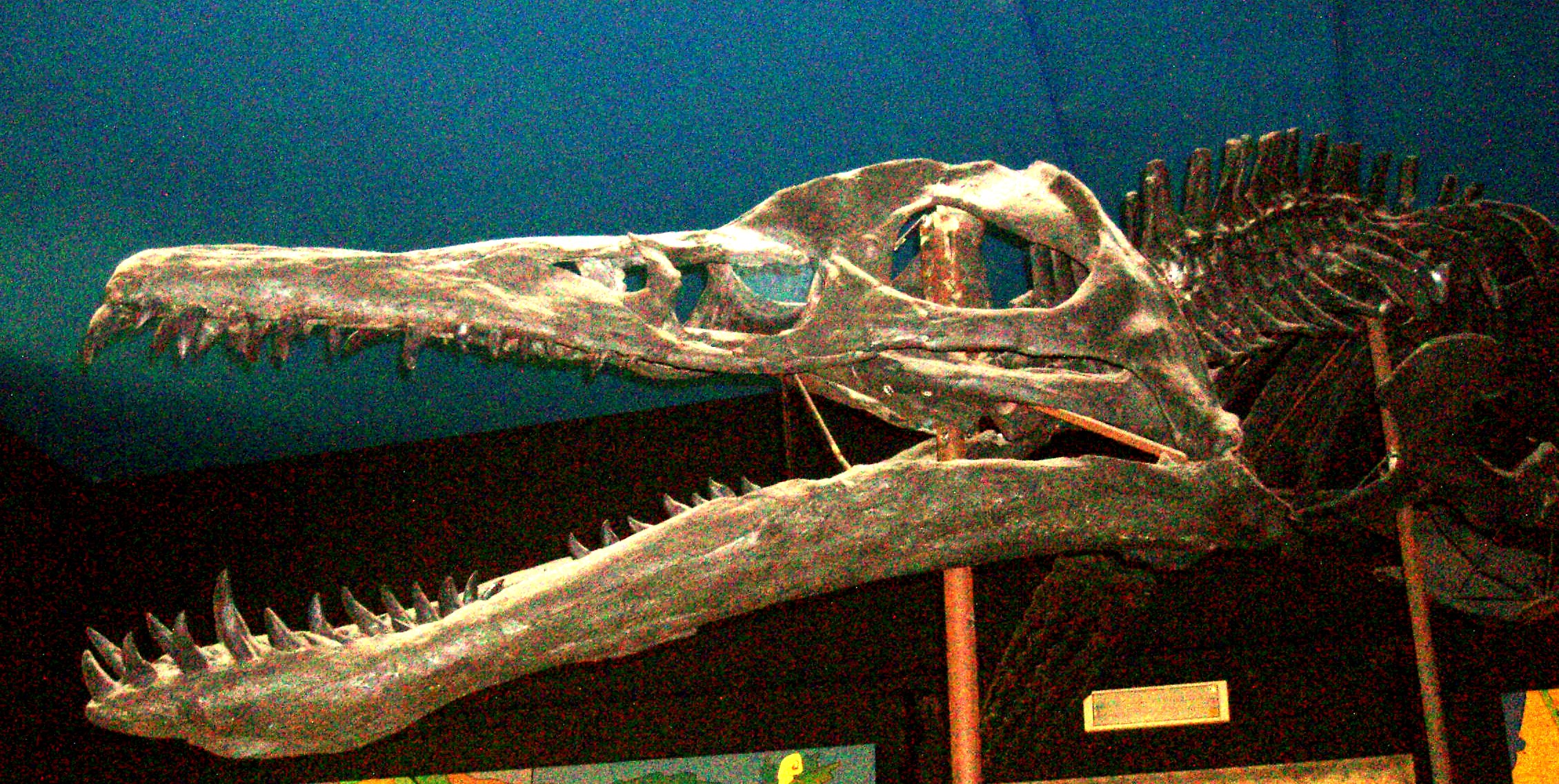
Modern scientific techniques have revealed incredible details about Liopleurodon’s biology and behavior. CT scanning of fossils has provided insights into brain structure, suggesting these creatures had well-developed areas for processing sensory information. Chemical analysis of teeth and bones has revealed details about diet and migration patterns that were impossible to determine just decades ago.
Biomechanical studies using computer modeling have helped scientists understand how Liopleurodon moved through water and generated its crushing bite force. These investigations reveal that despite its massive size, this predator was surprisingly efficient, with a body design that minimized energy expenditure while maximizing predatory capability. The research continues to unveil new aspects of this ancient giant’s life.
Extinction and Legacy
Like many giants of prehistory, Liopleurodon eventually succumbed to changing environmental conditions. Climate shifts and sea level changes during the Late Jurassic period altered the marine ecosystems these creatures depended on. The very abundance that supported such large predators began to decline, making their massive size a liability rather than an advantage.
The extinction of Liopleurodon marked the end of an era in marine predation. While other marine reptiles would evolve to fill similar ecological niches, none would quite match the sheer intimidating presence of these Jurassic giants. Their legacy lives on in the fossil record, providing scientists with crucial insights into ancient marine ecosystems and the evolution of predatory behavior.
Modern Discoveries and Future Research
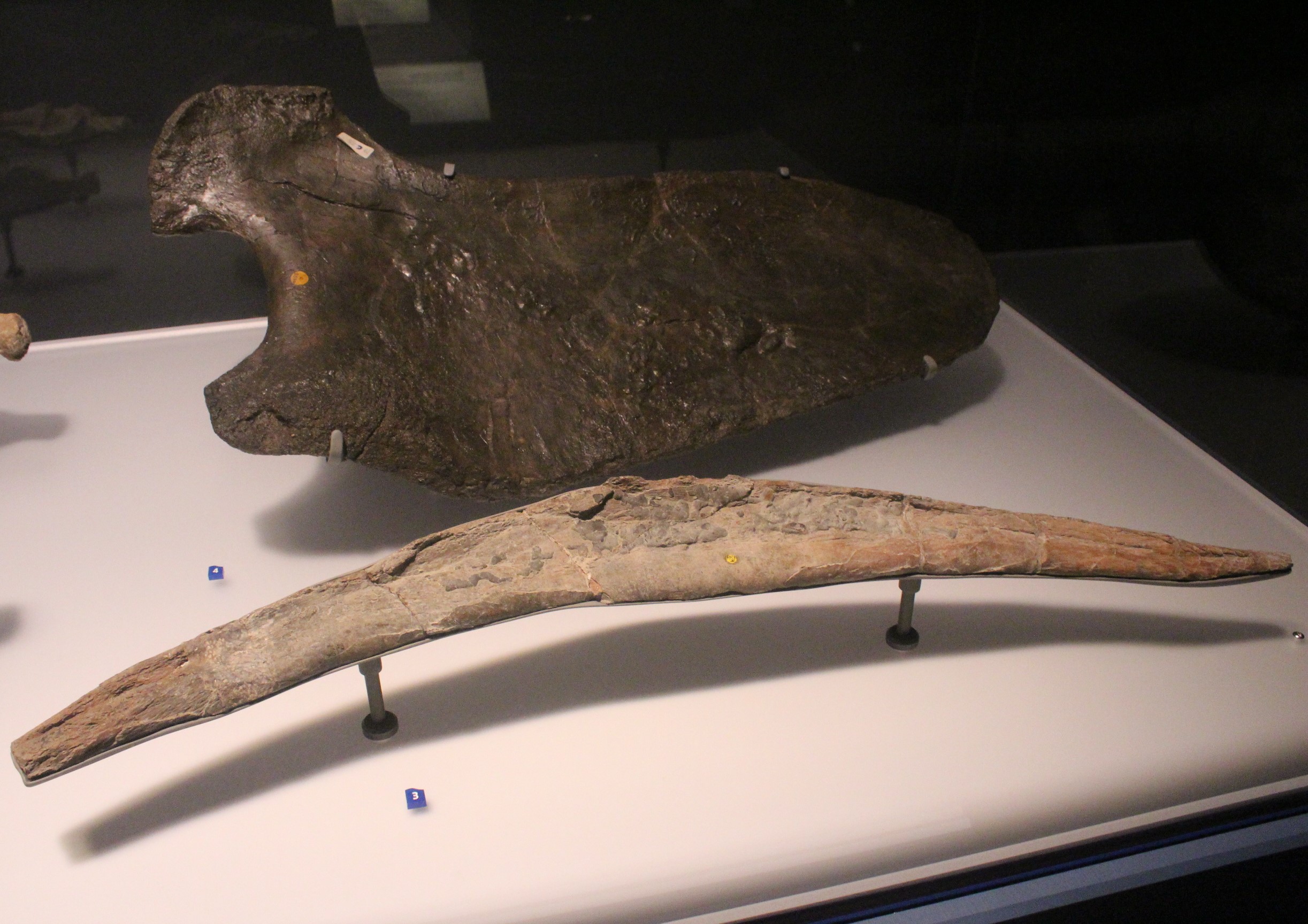
Recent fossil discoveries continue to refine our understanding of Liopleurodon and its relatives. New specimens are being found regularly, each adding pieces to the puzzle of how these creatures lived and evolved. Advanced imaging techniques and computer modeling are revealing details about their physiology and behavior that were previously impossible to study.
Scientists are particularly interested in understanding how Liopleurodon’s cardiovascular system supported such a massive body and whether these creatures were warm-blooded like modern marine mammals. Future research may also reveal more about their social behavior and whether they exhibited complex hunting strategies similar to modern killer whales.
The Monster’s Place in Popular Culture
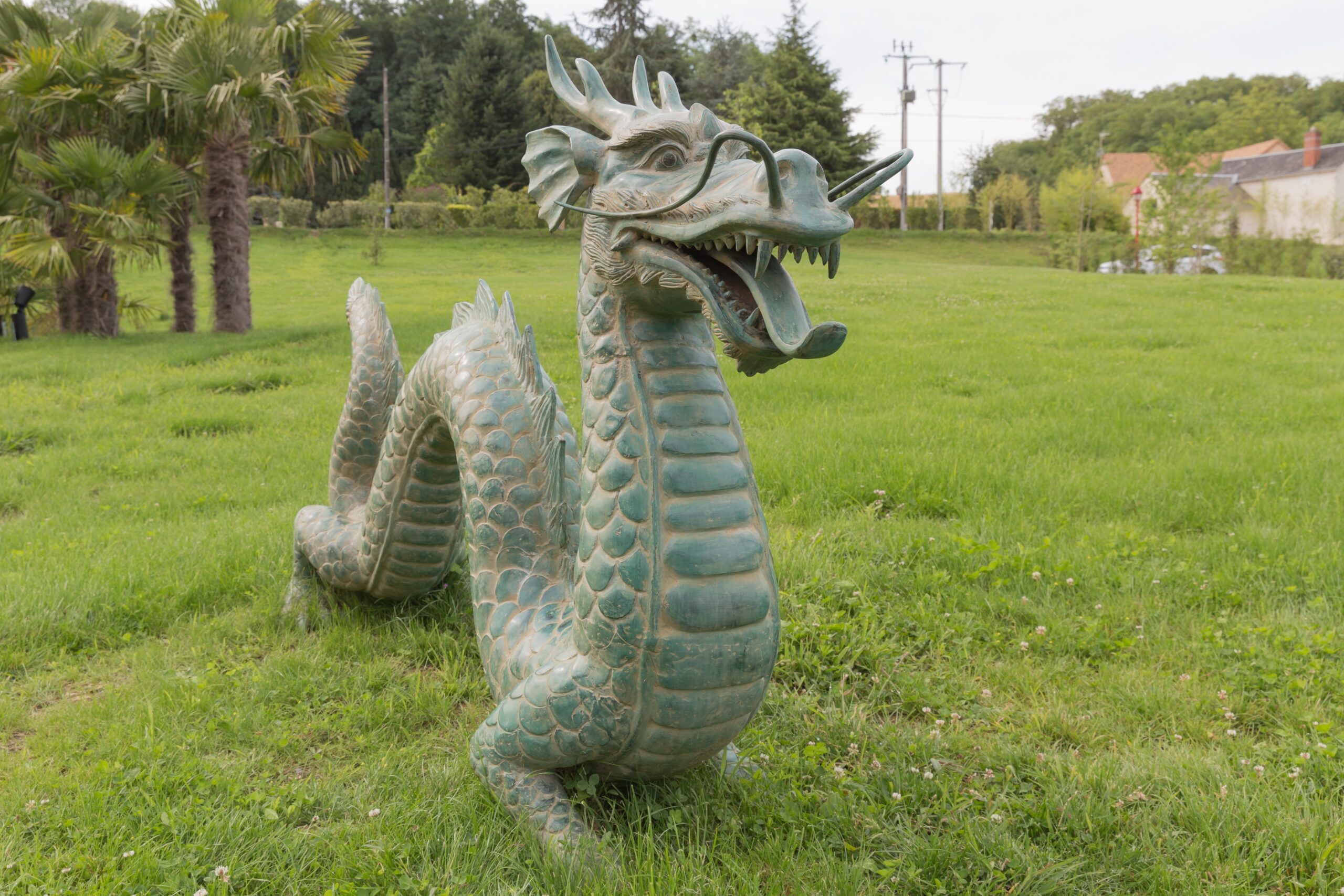
Liopleurodon has captured the public imagination in ways that extend far beyond paleontology textbooks. From documentaries to video games, this ancient predator has become synonymous with prehistoric marine terror. Its appearance in the BBC’s “Walking with Dinosaurs” series introduced millions of viewers to the concept of Jurassic marine ecosystems dominated by massive predators.
The creature’s fearsome reputation has made it a favorite subject for artists and filmmakers seeking to portray the raw power of prehistoric life. While popular depictions sometimes exaggerate its size or abilities, they serve an important purpose in inspiring public interest in paleontology and ancient life. This cultural impact ensures that Liopleurodon remains relevant to new generations of dinosaur enthusiasts and curious minds.
The real Liopleurodon was far more fascinating than any Hollywood monster could ever be. This apex predator of the Jurassic seas combined massive size with sophisticated hunting strategies, ruling ancient oceans with an authority that modern marine life can barely comprehend. Its fossilized remains continue to reveal secrets about life in prehistoric seas, reminding us that Earth’s oceans once hosted creatures that make today’s marine giants look like minnows. What other monsters might be waiting in the fossil record, ready to rewrite our understanding of ancient life?

